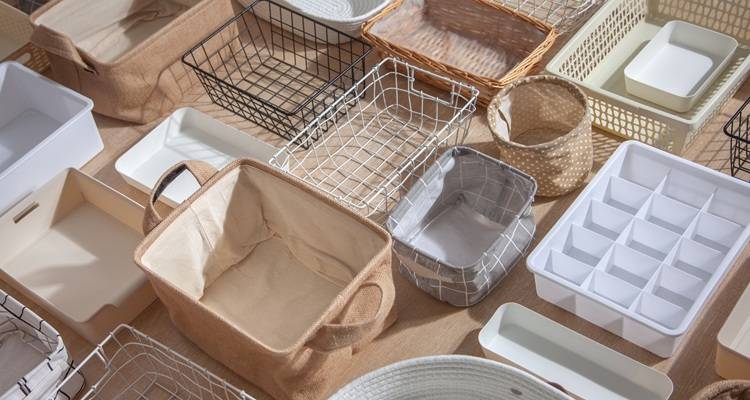5 Home Maintenance Tasks to Tackle This Autumn and Winter
There are many tasks that should be undertaken around the home in the autumn and winter. In this guide, we’ll look at five home maintenance tasks you should undertake in these seasons.
Let’s begin!

1. Gardening
It’s a good idea to deal with garden maintenance in the autumn and winter alike. Both at the beginning of autumn and winter, you should perform general garden maintenance.
Here are some gardening maintenance ideas for the start of autumn:
- Add lawn fertiliser
- Trim the grass if needed
- Aerate your lawn
- Consider planting suitable spring-flowering bulbs
- Clean water features or/and garden tools
- Apply mulch around your plants
- Trim any hedges you have if required
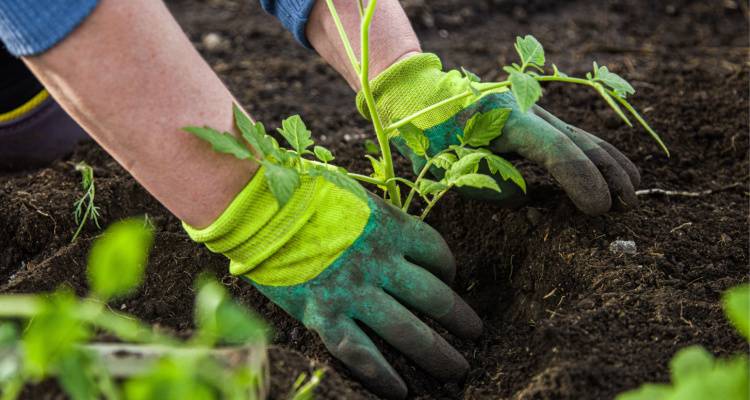
Here are garden maintenance steps you should take at the start of winter:
- Remove dead plants and leaves
- Put garden furniture away and clean furniture pieces/items if necessary*
- Install new bird feeders if you’d like/if necessary
- Prune deciduous trees and shrubs if required
- Consider moving planted pots to a sheltered area or otherwise suitably protecting them (e.g. wrapping them in an appropriate fleece)
*You may want to do this in mid to late Autumn depending on the weather. Just be sure not to leave out garden furniture when rough weather conditions are forecast.
2. Repair Windows and Doors
Either in the autumn or early winter you should take steps to maintain your doors and windows if necessary. This will help to keep the heat in by improving insulation levels in your home as the winter approaches or arrives.
Starting with windows, you may want to re-caulk them or/and add weather sealing strips or replace existing ones. Again, this work may or may not be required.
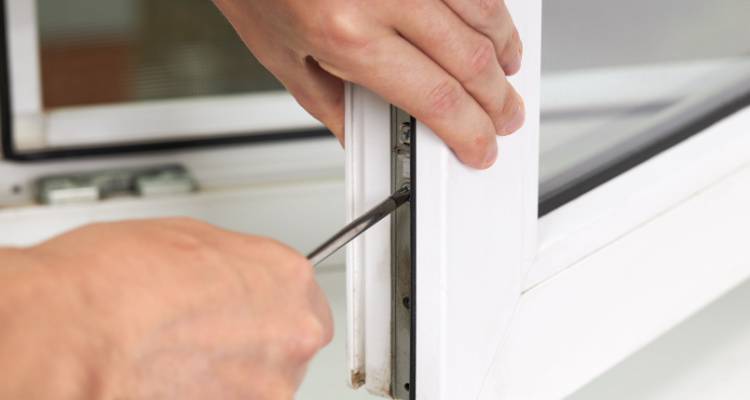
Likewise, you may need to take steps to maintain your doors and their levels of insulation. Forms of maintenance to consider include tightening fittings and screws, add or replace weather stripping and fit draught blockers or/and weather seals.
If unsure how to perform any of the maintenance steps that your windows or/and doors require, you can always hire a professional from your local area.
A big part of repairing/maintaining doors and windows, as touched on above is draught proofing which can help keep your bills down during the coldest times of the year.
3. Clean Guttering
You should clean your gutters or have them cleaned by a professional at least once a year. Late autumn/early winter is one of the best times of year to have this done as it’s good to have your gutters clear of debris ahead of what are usually many of the wettest months of the year.
In order to clean guttering DIY, you can take the following steps: Set up a ladder and have a second person hold it as you climb up to clean your gutters. *
Take with you suitable gloves, a plastic bag and a gutter scoop or garden trowel if needed. You may wish to remove the gutter debris by hand or with a gutter scoop or trowel.
Once you reach the gutter area, remove gutter debris by hand (with the use of suitable gloves) by placing the debris in a plastic bag or utilise a gutter scoop or garden trowel to remove the debris and place it in a plastic bag.
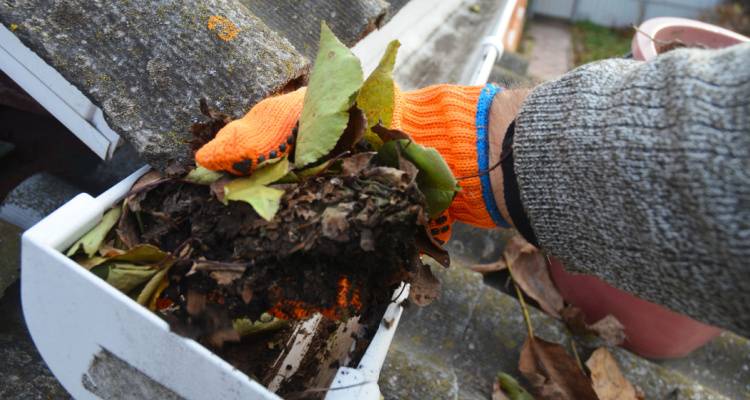
Descend the ladder carefully (with a second person still holding it at the bottom) once the plastic bag is full. Return with another plastic bag if needed to collect more debris and repeat.
You can put gutter debris, once it’s entirely organic, in a compost heap or compost bin.
Lastly, you could use a garden hose to wash away remaining debris/dirt but only if the garden hose is not too strong for the type of guttering you have in terms of the material used. Check the manufacturer’s instructions for details and if still unsure, consult with or hire a professional.
*Please note that if cleaning your gutters would necessitate working at a height of more than four feet above the lower level, scaffolding will be required. In this case, you must hire professionals to set up the scaffolding and perform the guttering before they can take down the scaffolding once the work is complete.
If you need to hire a professional or would prefer to, it could cost somewhere in the region of £75 to £400 or so depending on the length and type of guttering you have.
4. Test Smoke and Carbon Monoxide Alarms
You should test your smoke and carbon monoxide alarms (if you have any of the latter) at least once a month, if not weekly.

If you do not have carbon monoxide alarms installed, it is strongly advised that you do. You should fit at least one carbon monoxide detector on each floor of your home and in any rooms with a fuel-burning appliance (e.g. gas boiler or gas oven).
Frequently testing your smoke and carbon monoxide alarms is important to keep you and everyone in your home safe.
5. Bleed Radiators
You should bleed your radiators or have them bled by a qualified heating engineer once or twice a year or sooner if deemed necessary.
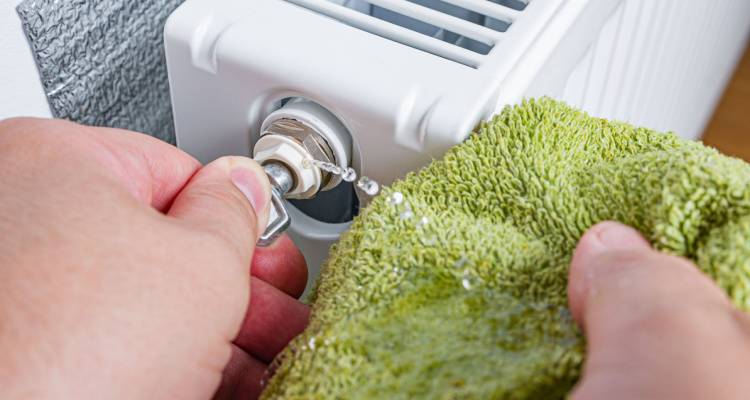
To bleed radiators DIY be sure to follow the manufacturer’s instructions to a T. Bleeding radiators is a process that involves removing air pockets from within radiators. As a result, it can help improve/maintain a heating system’s efficiency.
If unsure how to bleed radiators by yourself, hire a heating engineer. If hiring a professional, you can expect to face a bill of around £70 to £100 to have between 5 and 10 radiators bled or approximately £100 to £150 should you wish to have 10-15 radiators bled.
Last updated by MyJobQuote on 20th November 2023.
